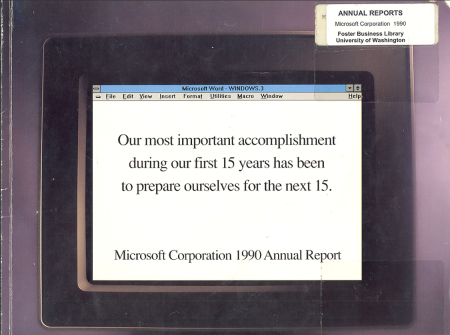Microsoft’s stance on Bitcoin as an investment asset reveals a nuanced approach, balancing cautious consideration with an openness to evolving financial landscapes. While shareholders voted down a proposal urging the company to diversify its investments with Bitcoin, Microsoft’s Chief Financial Officer, Amy Hood, clarified during the annual shareholder meeting that the company already actively evaluates Bitcoin as a potential asset class. This seemingly contradictory position stems from the board’s belief that management is already diligently exploring the role of cryptocurrency within their investment strategy.
Hood’s explanation shed light on Microsoft’s multifaceted perspective on Bitcoin. First, she acknowledged the company’s acceptance of Bitcoin as a form of payment since 2014, demonstrating an early recognition of its potential within the digital economy. Second, she emphasized that Microsoft’s treasury team and board regularly assess all available asset classes, including cryptocurrency, for potential inclusion in their investment portfolio. This ongoing evaluation ensures that Microsoft remains informed about emerging investment opportunities while adhering to its core financial principles. Third, Hood underscored the importance of liquidity, capital preservation, and income generation as guiding principles for managing Microsoft’s substantial cash reserves. These priorities drive their investment decisions and ensure they can fund operations, invest in strategic partnerships, and build essential infrastructure like data centers.
The rejection of the shareholder proposal, therefore, does not signify a dismissal of Bitcoin but rather a validation of the existing internal review process. Microsoft’s board, already actively engaging with the subject, felt the proposal was redundant and potentially disruptive to their established evaluation procedures. Hood’s comments reinforce this position, highlighting the continuous assessment of various asset classes, including cryptocurrency, in line with the company’s financial objectives.
The shareholder proposal, submitted by the National Center for Public Policy Research, argued that Microsoft should diversify its substantial asset holdings beyond traditional investments like government securities and corporate bonds, which it claimed were barely keeping pace with inflation. The proposal’s proponents advocated for exploring Bitcoin as a potential hedge against inflation, given its potential for appreciation, even acknowledging the inherent short-term volatility of the cryptocurrency. They believed that in an inflationary environment, corporations, perhaps even have a fiduciary duty to consider assets with higher growth potential, even if they come with increased risk.
Michael Saylor, a prominent Bitcoin advocate and CEO of MicroStrategy, a company known for its significant Bitcoin holdings, championed the shareholder proposal. His presentation, released ahead of the meeting, outlined the potential benefits of incorporating Bitcoin into Microsoft’s investment strategy. Saylor’s argument likely centered on the potential for long-term appreciation and the diversification benefits of including an asset uncorrelated with traditional markets. Despite his advocacy, the proposal failed to garner sufficient shareholder support, reflecting a prevailing preference for maintaining Microsoft’s existing investment approach.
The timing of the shareholder meeting coincided with notable fluctuations in Bitcoin’s price. Shortly before the meeting, Bitcoin reached a new all-time high of $100,000, demonstrating its volatile nature. Subsequently, the cryptocurrency experienced a significant sell-off, dropping to $94,000, highlighting the inherent risks associated with such investments. This price volatility likely contributed to the shareholders’ reluctance to endorse a proposal urging increased exposure to Bitcoin. While the potential for high returns is attractive, the inherent risk of significant price swings might have been a deterrent for many investors, especially considering Microsoft’s substantial cash reserves. The shareholders may have prioritized stability and capital preservation over the allure of potential high-growth, high-risk assets like Bitcoin.
In conclusion, while Microsoft shareholders rejected the proposal to explicitly diversify with Bitcoin, the company’s approach is far from dismissive. The board’s decision reflects a belief that management is already adequately addressing the potential role of cryptocurrency in its investment strategy. Microsoft’s approach highlights a balanced perspective, acknowledging the evolving landscape of digital assets while prioritizing core financial objectives of liquidity, capital preservation, and consistent income generation. They continue to assess different asset classes, including cryptocurrency, suggesting that Bitcoin and other digital assets remain on their radar. This measured approach allows Microsoft to explore the potential benefits of cryptocurrency while mitigating risks associated with volatile markets, demonstrating a nuanced and adaptable approach to investment management in a rapidly changing financial world.















